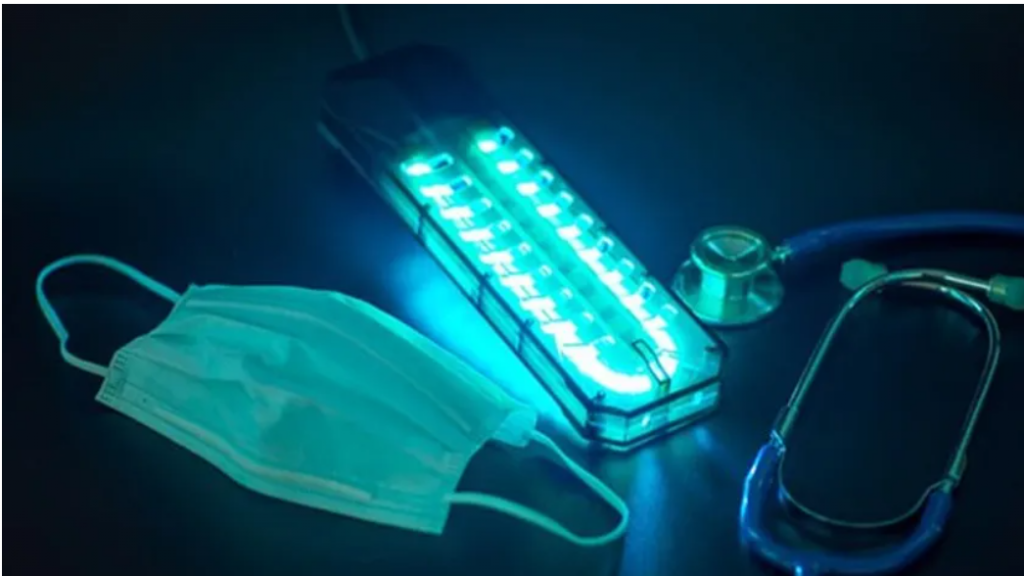Mobile Phone Could Be Something You May Want to Disinfect Every Day
Author: Reika Shimomura

Healthcare providers wear masks, gloves, and other personal protective equipment to prevent infection transmission。 However, they feel that mobile phones – which they use daily – are one of the important risk factors in bacteria transmission, as they carry pathogenic bacteria and viruses on their surfaces. Ultraviolet-C technology (UV-C), a specific electromagnetic wave, has been used in healthcare settings for the purpose of disinfecting medical equipment, as it is renewable, effective, and easy-to-use.
The application of the UV-C technology to personal belongings and devices, such as health care providers’ mobile phones, could be impactful during the pandemic of COVID-19. To test the effectiveness of the use of this disinfection device on mobile phones, a study was conducted, and the data were collected from 30 mobile phones from the hospitals in Los Angeles, CA, U.S.
Health care providers’ mobile phones underwent the UV-C device’s 30-second disinfecting cycle before their shift (morning) and after their shift (night), and also took environmental swabs before and after the disinfection. The total bacterial colony forming units (CFUs), shows that there was a 98.2% decrease in pathogenic bacteria (which cause disease) after one cycle in the morning and more than 99.99% after 2 disinfection cycles at night. Some of the examples of the pathogenic bacteria found on the mobile phones prior to the use of the device can cause pneumonia, such as staphylococcus aureus and pseudomonas spp., as well as various infections by enterococcus faecalis and Acinetobacter spp.
References:
Photo taken from https://www.haber3.com/saglik/virusu-oldurebilen-uv-isik-cihazlari-cep-telefonlari-kadar-yayginlasacak-haberi-5514235, July 18, 2020
Article title: Shining a Light on the Pathogenicity of Health Care Providers’ Mobile Phones: Use of a Novel Ultraviolet-C Wave Disinfection Device https://www.ncbi.nlm.nih.gov/pmc/articles/PMC7274098/